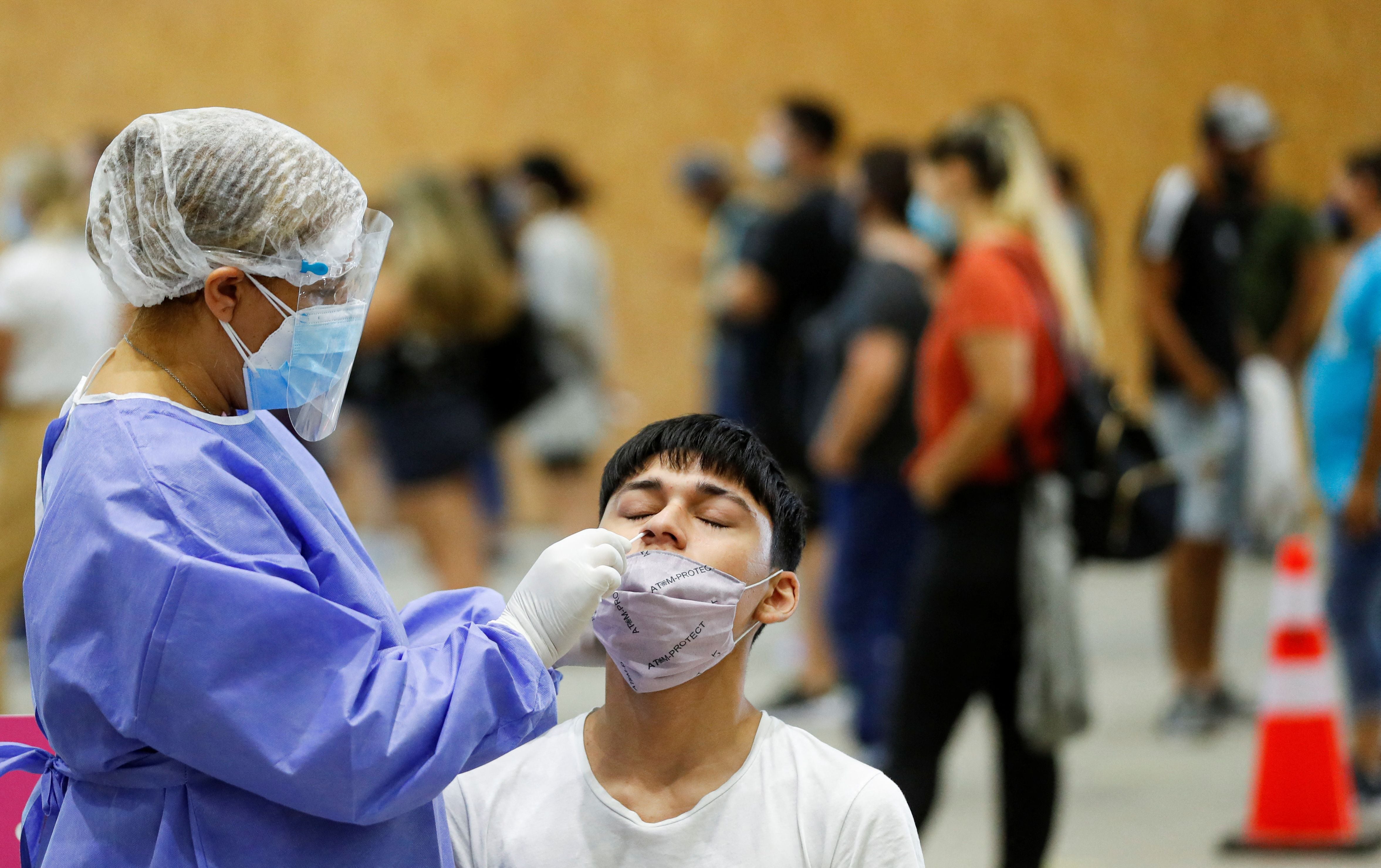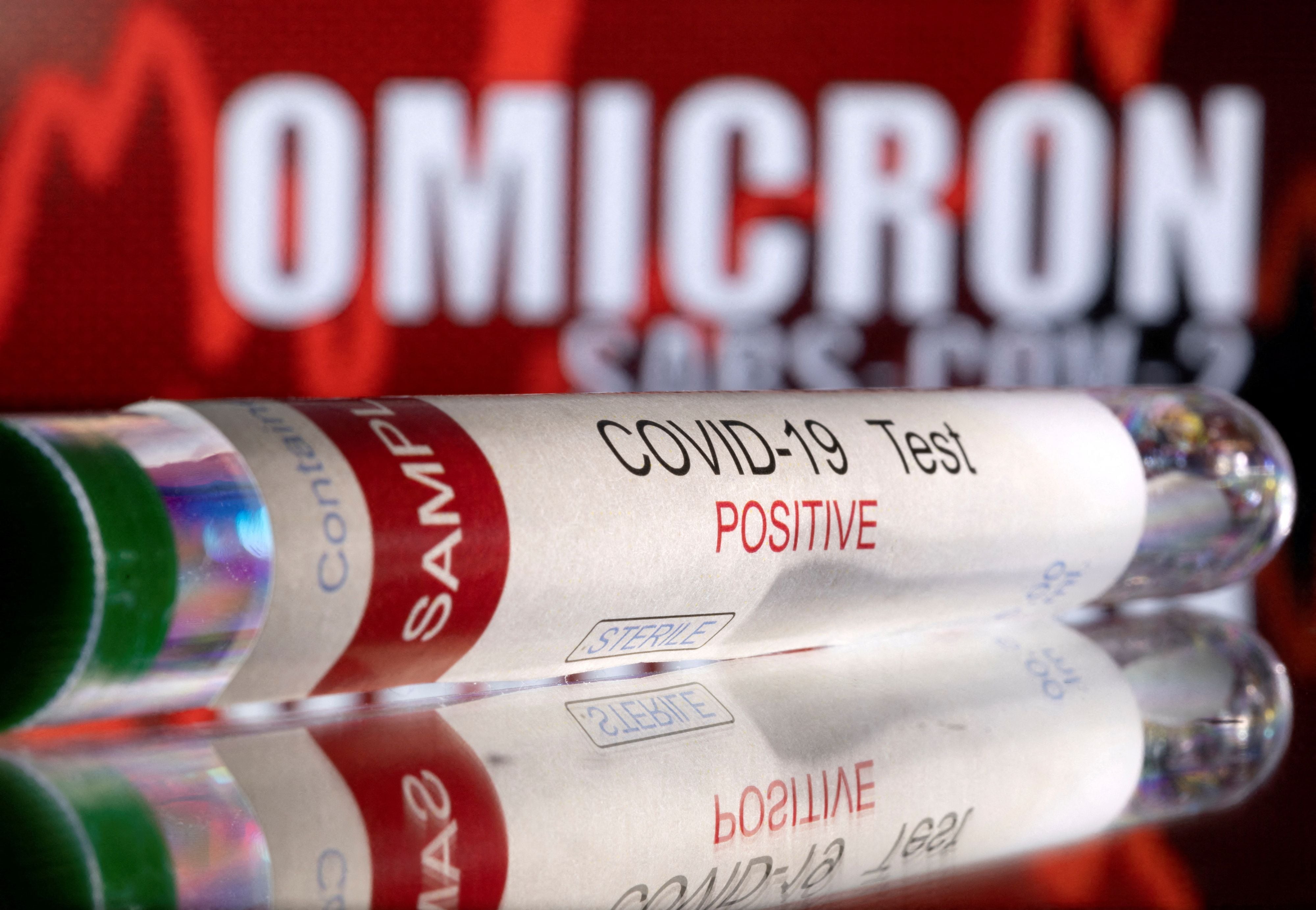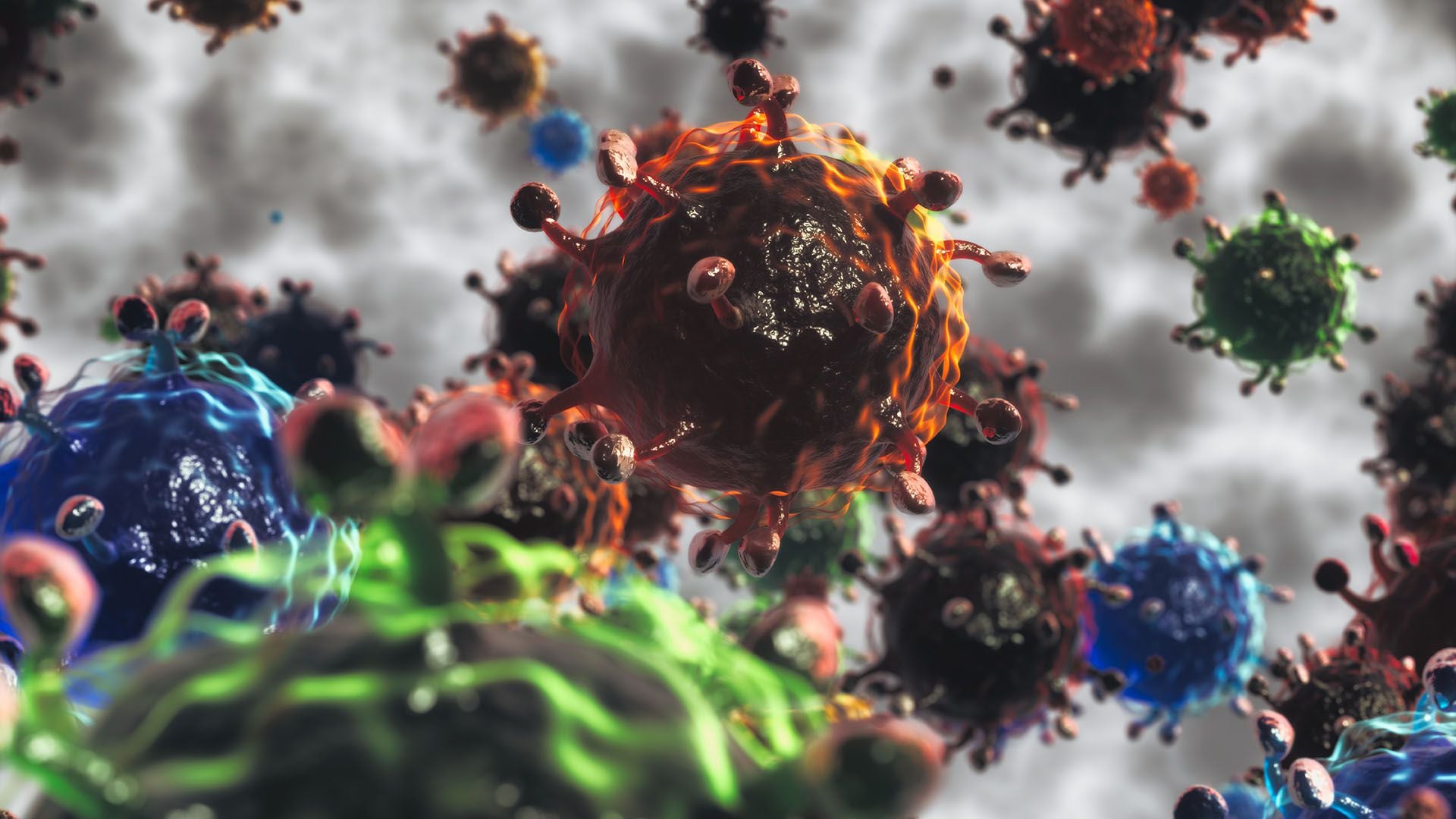
With the highly transmissible subvariant of Ómicron known as BA.2, cases of COVID-19 are increasing again in most European countries, as well as in China and other Asian countries.
The proportion of cases of the new coronavirus is also increasing in the United States, driven by the same subvariant, to the point that the Centers for Disease Control and Prevention (CDC) now estimates that 35% of new infections of the disease are due to BA.2.
All this is happening, while in most countries around the world health restrictions have been lifted to prevent SARS-CoV-2 infection, and in the US, for example, there is no longer a single state with mask mandates in place.
Thus, there are a number of questions that women and men of science are asking for the immediate future of the pandemic. To what extent should people care about the BA.2 variant? Will vaccines protect against it? And if someone contracted an earlier variant, could they get infected again? Is BA.2 lighter than previous versions? Could subvariant BA.2 cause another pandemic surge?
So far, what is known is that the Ómicron variant was discovered in November, and it quickly became clear that the viral lineage already existed as three genetically distinct varieties. Each branch of Omicron had its own set of unique mutations. At that time, the most common was BA.1, which spread rapidly around the world. BA.1 was almost entirely responsible for the record increase in cases this winter.
And while BA.1 was initially a thousand times more common than BA.2, since the beginning of 2022, BA.2 began to be found in a greater proportion of new infections, according to The New York Times.
All versions of Ómicron are highly contagious, so the variant quickly displaced previous forms of the coronavirus, such as Delta. But several studies found that BA.2 is even more transmissible than BA.1.

“The UK Health Safety Agency estimates that subvariant BA.2 is growing 80% faster than BA.1. Also in the United States, BA.2 seems to be on track to surpass BA.1 to become the dominant variant.” The speaker is Dr. Leana Wen, an emergency doctor and professor of health policy and management at the Milken Institute School of Public Health at George Washington University, for whom “the good news is that subvariant BA.2 does not seem to cause a more serious disease than BA.1.”
“Researchers from the United Kingdom and Denmark found that the BA.2 subvariant causes a level of hospitalization comparable to that of BA.1, which is less likely to cause serious illness than the previously dominant delta variant,” he said.
In addition, while Ómicron is known to have generally been slightly more effective than other variants in causing infections to newly vaccinated people, vaccines still provide substantial protection against infection and very strong protection against serious diseases. Booster doses make protection even more robust. And once again, BA.2 doesn't seem to change any of that: British researchers recently discovered that vaccines were equally effective against both subvariants of Ómicron.
The Omicron variant has also crossed, much better than other variants, the natural immunity acquired from previous infections, and some concerns have been raised that BA.2 could do that to people who contracted BA.1 in the Omicron wave. While such reinfections have been reported, so far they have been extremely rare even in countries where BA.2 is now prevalent.

“Although vaccination does not protect against BA.1 and BA.2 infection as well, efficacy in this regard is partially restored with a booster dose, and vaccines still provide very good protection against serious illness due to both Omicron subvariants,” she said.
And about whether there are certain people who should be more concerned about the BA.2 subvariant than others, Wen noted: “People who are very vulnerable to severe COVID-19 disease despite vaccination should be concerned about the coronavirus in general, as well as other infectious pathogens. For most people, SARS-CoV-2 infection will result in mild illness, but in some people, those who are moderately or severely immunocompromised or have multiple underlying medical conditions, the infection could result in hospitalization.”
“Subvariant BA.2 may not cause a more serious disease than BA.1, but because of how contagious it is, especially vulnerable people will need to continue to take additional precautions,” he said. This includes wearing a high-quality mask (N95, KN95 or KF94) in all enclosed public places, avoiding large crowds, and traveling alone for essential reasons. Before meeting with others, they can request that others get tested for COVID-19.”
Regarding whether someone who contracted the previous variant of the virus can become infected again, recent research indicates that it is possible to be infected twice with two different subvariants of the Ómicron coronavirus, but it rarely happens. This new study, led by researchers from Denmark's highest infectious disease authority, shows that people infected with BA.1 can become infected with BA.2 soon after, but it is a rare occurrence.

In the same vein, the World Health Organization (WHO) stated that “infection with BA.1 continues to provide protection against BA.2. An infection with BA.2 after having BA.1 is rare.”
Finally, another of the most common doubts that often arise around this topic has to do with a strategy put forward by some, which aims to deliberately seek to get rid of the disease, on the basis of whether it will be impossible to get rid of the virus forever anyway, better to happen with this variant that is not as dangerous as the first ones.
For Wen, “while the Omicron variant is less likely to cause serious illness compared to the Delta variant, it still causes serious illness in some people.” “In addition, even a mild illness can be very unpleasant and cause discomfort, missing work and not being able to care for family members for days,” he said. It could also infect other people, and there is a possibility that the symptoms may be long-lasting.”
For Akiko Iwasaki, an immunobiologist at the Yale University School of Medicine, who studies viral immunity, several problems arise with this idea. Firstly, because it is not possible to know with certainty what the seriousness of each case will be. Secondly, he says that vaccines and boosters already have solid protection that does not require infection to add antibodies; and thirdly, infections can affect other people in terrible ways. That's when a ripple effect can occur.
In the opinion of the George Washington University expert, “subvariant BA.2 could undoubtedly cause another spike in COVID-19 infections in the United States.” “There are already some signs that the sharp decline in new cases is stabilizing, and if the US follows the example of Europe, as has happened before, an increase in cases could occur within a few weeks,” he said.
KEEP READING
Últimas Noticias
Debanhi Escobar: they secured the motel where she was found lifeless in a cistern

The oldest person in the world died at the age of 119

Macabre find in CDMX: they left a body bagged and tied in a taxi
The eagles of America will face Manchester City in a duel of legends. Here are the details

Why is it good to bring dogs out to know the world when they are puppies




